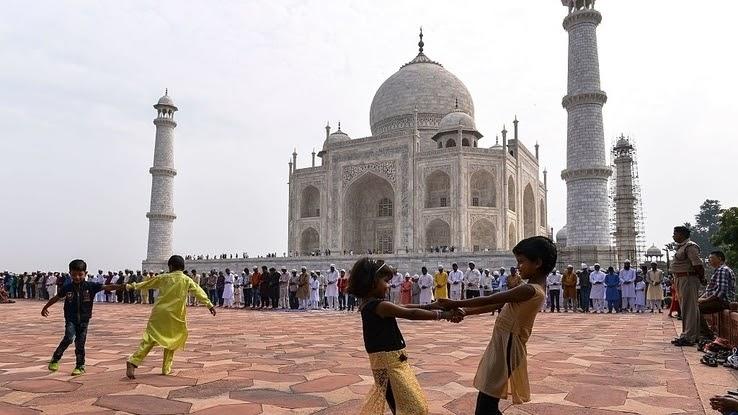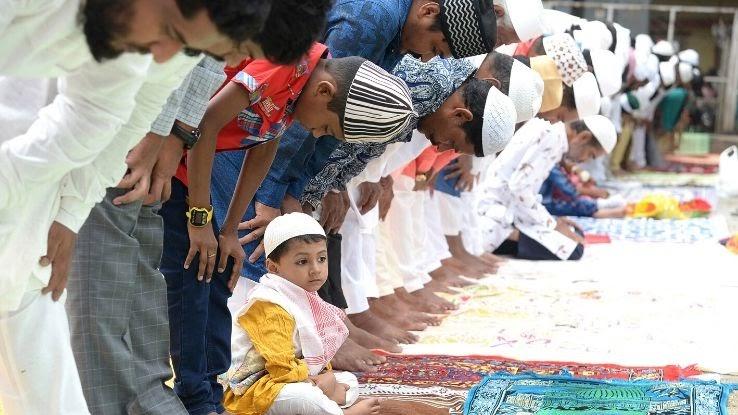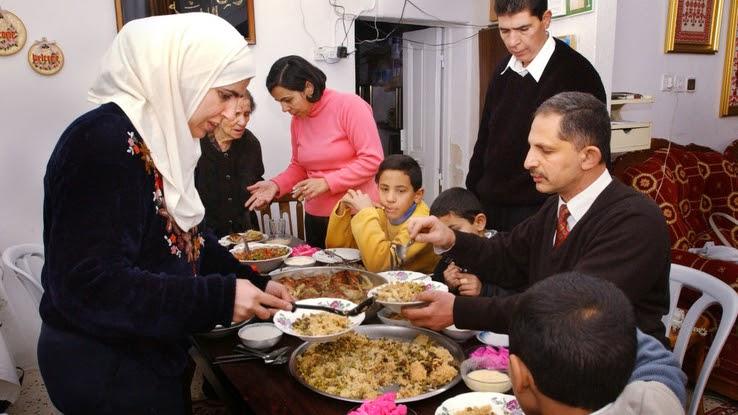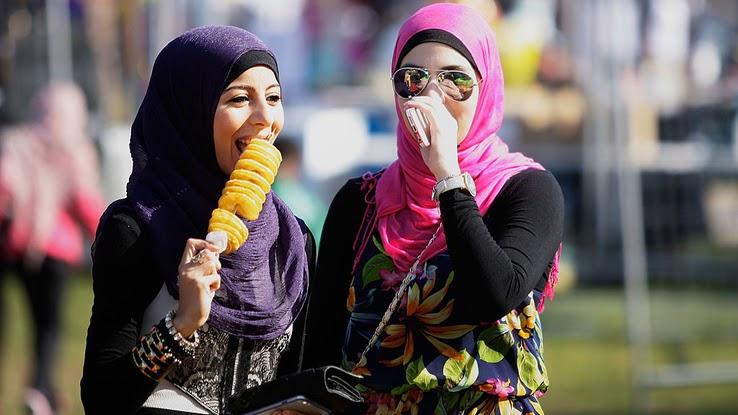Festival of Sacrifice: The Past and Present of the Islamic Holiday of Eid al-Adha

Eid al-Adha, the Festival of Sacrifice, is the second of two annual Islamic holy festivals and commemorates the willingness of Ibrahim (Abraham) to sacrifice his son to God. Muslims across the world celebrate the Festival of Sacrifice while also taking it as an opportunity to spend time with friends and family and reflect on their faith.
Eid al-Fitr, the festival that celebrates the end of Ramadan, may be better known by non-Muslims, but Eid al-Adha is considered the holier of the two festivals. Let’s explore the history of this festival, the traditions surrounding it, and the was that Eid al-Adha celebrations have changed across time and place.
What Does Eid al-Adha Commemorate?
According to Islam as well as the traditions of Christianity and Judaism, Ibrahim was ordered in a dream by God to sacrifice one of his sons. He told his son of the dream and his belief that it was God’s will. The son (who, unlike in the Bible, is not specified in the Quran) did not fight his father and told him he needed to do what God wanted.

Satan tried to persuade Ibrahim and his family not to carry out the sacrifice, but the ever-faithful Ibrahim could not be deterred and threw stones at the devil to drive him away. With the devil in retreat, Ibrahim prepared to sacrifice his son on God’s orders. Recognizing that Ibrahim was willing to sacrifice that which was most dear to him, God honored the family and presented a ram to be sacrificed instead of the son. The Festival of Sacrifice celebrates the devotion shown by Ibrahim as well as the mercy of God.
Traditions and Practices
The Festival of Sacrifice begins on the 10th day of the 12th month of the Islamic lunar calendar and lasts for two to four days, depending on the country you live in. The exact date on the Gregorian calendar changes every year due to the Islamic calendar only having either 354 or 355 days in a year. Eid al-Fitr, another big festival, celebrates the end of Ramadan during the 10th month of the Islamic lunar calendar.

People wish each other an Eid Mubarak (“Blessed Festival”) and wear their best clothing, especially during Eid prayers, which are usually held in a large open area or a mosque. After the prayers, animals are prepared for the feast. While God provided a ram to be sacrificed in place of Ishamel, some other farm animals can be substituted for one if necessary, including cows, goats, sheep, buffalo or camels, depending on the region. The meat (known as “qurbani,” which is also the word for the ritual sacrifice used to prepare it) is then distributed equally by weight in three parts: a third to you, a third to friends and family, and a third to people who don’t have the means to purchase their own meat. This last part is particularly important because charity is at the heart of the holiday.
The Quran states, “Neither [the animals’] flesh reaches Allah nor their blood; it is your piety that reaches Him.” While meat plays an important role in the celebration, the holiday is ultimately about faith in God and showing kindness to others. Gift-giving is also common.
How Eid al-Adha Has Changed Over the Years
As with most religious holidays, Eid al-Adha has changed over the centuries. While some people still sacrifice an animal themselves, sometimes performing the sacrifices in the streets where they live, many Muslims today buy meat that has been sacrificed by a butcher. In fact, some countries even have apps that allow meat to be ordered via smartphone. The meat arrives cut up and distributed equally in three parts.

Other aspects of the holiday have also adapted to modern practices. You may be as likely to receive an “Eid Mubarak” greeting via text message as you are in person. Like Christmas, Eid al-Adha has become commercialized over time, with merchants and businesses often holding sales around the holiday. Because of access to ingredients from all over the world, many traditional foods have been given modern twists, such as replacing the date filling in maamoul cookies with chocolate or other sweets. And if you’d like to give to charity, you can offer qurbani to Muslims around the world through organizations like Zakat Foundation of America and Islamic Relief USA.
And it’s not just recently that the holiday has changed. As Islam spread across the globe, holidays like Eid al-Adha took on local flavor. Muslim women in India often decorate themselves with henna tattoos the day before the festival begins, while Indonesian Muslims seek forgiveness from friends, family and neighbors in a ritual known as the halal bihalal.





